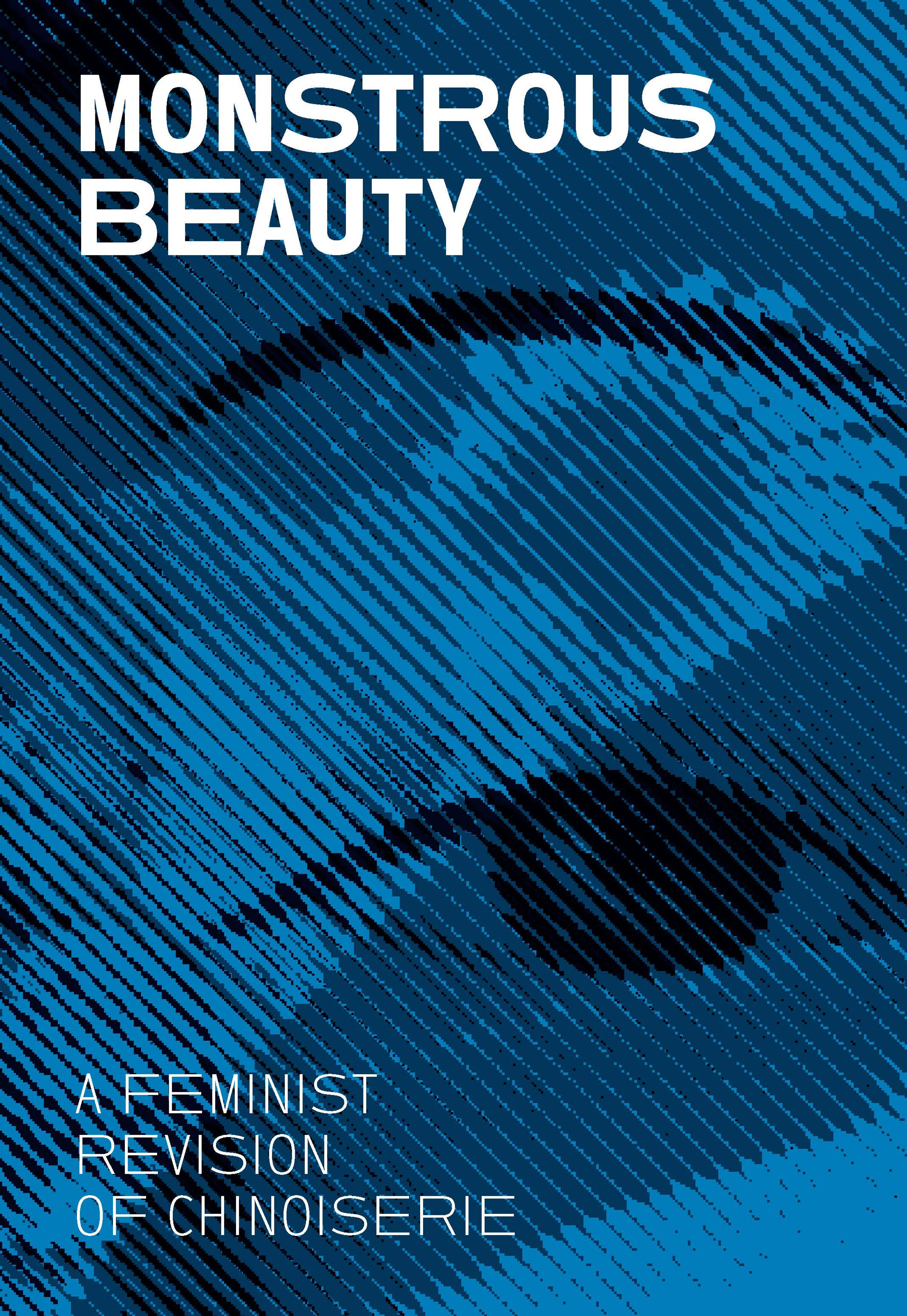Woman with a pipe
Artwork Details
- Title: Woman with a pipe
- Date: ca. 1760–80
- Culture: Chinese, for the European market
- Medium: Reverse-painted crown glass, imitation lacquer frame
- Dimensions: Frame, confirmed: 20 1/2 × 15 5/8 × 1 1/8 in. (52.1 × 39.7 × 2.9 cm)
Other (estimated object dimensions from frame): 18 1/4 × 13 1/4 in. (46.4 × 33.7 cm) - Classification: Glass-Painted
- Credit Line: Purchase, Larry and Ann Burns Gift, in honor of Austin B. Chinn, 2022
- Object Number: 2022.52
- Curatorial Department: European Sculpture and Decorative Arts
Audio

501. Introduction
Woman with a pipe, ca. 1760–80
MICHELLE ZAUNER (NARRATOR): Picture a white porcelain vase, smooth and glossy, with flowers, birds, and women painted in cobalt blue.
This decorative style—known as Chinoiserie—originated hundreds of years ago in Europe, where elite collectors developed an obsession with porcelain and fantasized about its site of origin: China.
By the 1700s, European-made vases, plates, and teacups depicted invented visions of the East—natural landscapes cast on artificial surfaces. They were as colorful and intricate as they could be grotesque especially when they featured depictions of Asian women.
My name is Michelle Zauner, and I’ll be your guide through Monstrous Beauty: A Feminist Revision of Chinoiserie. Together, we’ll consider the longstanding European and American obsession with this ceramic material, the ways it has shaped women’s identities across race and class, and how contemporary artists are recasting its meanings. Along the way, we’ll meet mothers, monsters, cyborgs, and starlets. And we’ll hear from artists Patty Chang and Jen Liu, scholars like Anne Anlin Cheng and Patricia Ferguson, and the curator for this exhibition: Iris Moon.
IRIS MOON: What you’re looking at is a reverse-painted mirror from around 1760. And what it depicts is a woman in Manchu dress. And she’s wearing an absolutely fabulous ermine cape while there is a blue and white vase holding peonies behind her on a table. And she’s looking back at you.
This is an object that we acquired for the European Sculpture and Decorative Arts Department, which is where I work at The Met. And here I was in the storeroom, looking at this mirror, and it was quite powerful to see a space of reflection being occupied by this incredibly assertive, incredibly self-confident woman—someone who looked like me.
It was a moment where I saw myself in the mirror and realized that Chinoiserie could be a gateway into thinking about otherness and thinking about difference. That a mirror isn’t just about seeing your own reflection, but it’s also about seeing other people’s projections of you.
ZAUNER: Together, we’ll learn that porcelain wasn’t always polite beauty: it could be monstrous, too.
More Artwork
Research Resources
The Met provides unparalleled resources for research and welcomes an international community of students and scholars. The Met's Open Access API is where creators and researchers can connect to the The Met collection. Open Access data and public domain images are available for unrestricted commercial and noncommercial use without permission or fee.
To request images under copyright and other restrictions, please use this Image Request form.
Feedback
We continue to research and examine historical and cultural context for objects in The Met collection. If you have comments or questions about this object record, please contact us using the form below. The Museum looks forward to receiving your comments.
